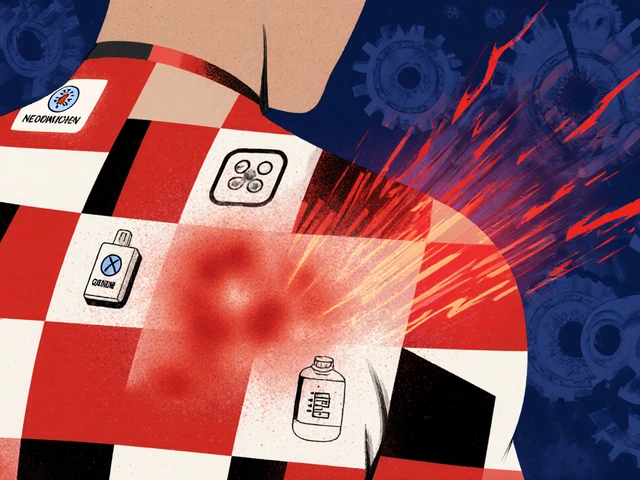Understanding DMARDs for Arthritis: Your Guide to Better Joint Health
Got arthritis? You’ve probably heard about DMARDs—those fancy-sounding meds doctors often prescribe. DMARDs stand for Disease-Modifying Anti-Rheumatic Drugs, and they're more than just symptom relievers. These drugs work to slow down arthritis itself, not just mask the pain or swelling.
Why does that matter? Well, inflammation in arthritis can damage your joints over time. Painkillers only ease the pain, but DMARDs are designed to change the course of the disease. If you're dealing with rheumatoid arthritis or similar autoimmune types, these meds can keep things from getting worse.
How Do DMARDs Work?
DMARDs target your immune system, which in autoimmune arthritis mistakenly attacks your joints. By calming this overactive immune response, DMARDs help reduce inflammation and prevent joint damage. It’s like stopping a wildfire at its early spark instead of just putting out the flames.
There are different kinds of DMARDs. Some are traditional, like methotrexate, which has been used for decades and is often the first choice. Then there are newer biologic DMARDs – these are made using living cells and target specific parts of your immune system. Your doctor will decide which fits best based on how severe your arthritis is and your overall health.
What to Expect When You Start DMARDs
Starting DMARDs isn't an instant fix. These medicines usually take weeks to months to show their full effect. Patience is key here. While you wait, your doctor may also put you on painkillers or steroids to manage symptoms.
Keep in mind, DMARDs can have side effects—like mild stomach upset, fatigue, or more serious ones requiring close monitoring. That’s why regular blood tests and doctor visits are part of the deal. But don’t let that scare you; for many people, DMARDs significantly improve quality of life and help keep arthritis under control.
If you’ve just been told to start DMARDs or you're curious about them, ask your healthcare provider plenty of questions. Understand your treatment plan, how to take the meds properly, and what signs mean you should call your doctor. Taking charge of your arthritis with the right info makes all the difference.
With the right DMARD and good support, many people return to normal activities and enjoy less joint pain and stiffness. It might not be a magic cure, but it’s a powerful tool to keep arthritis in check.





